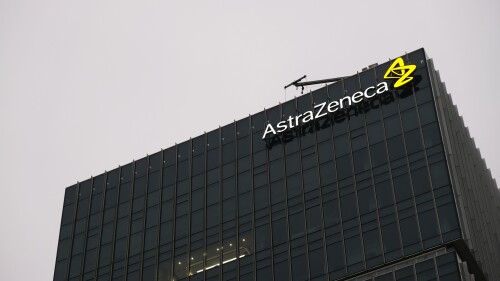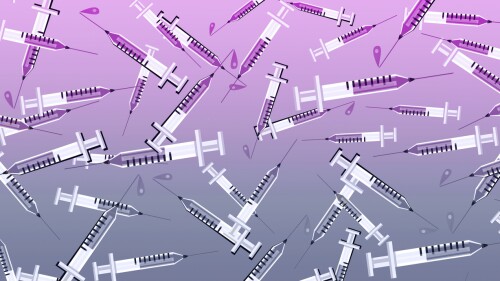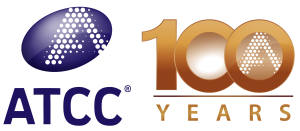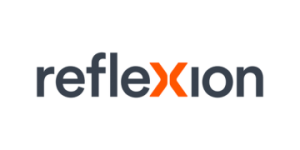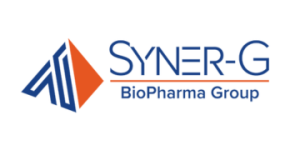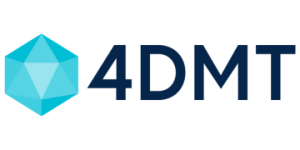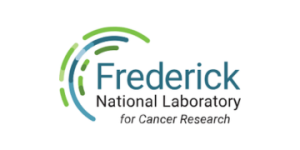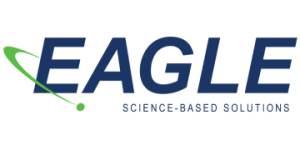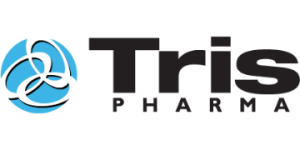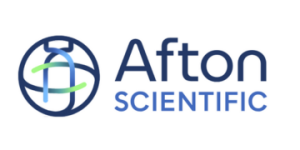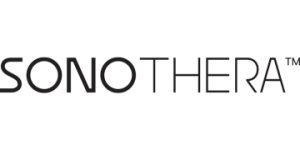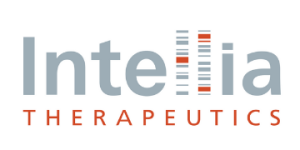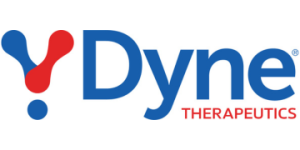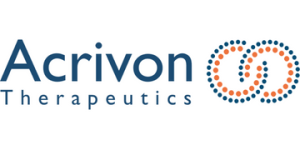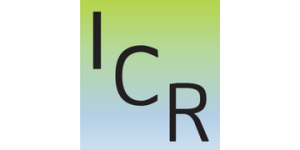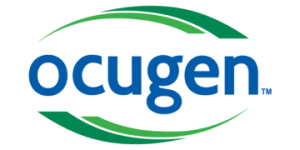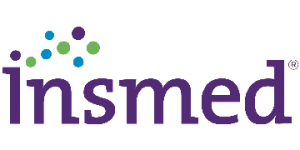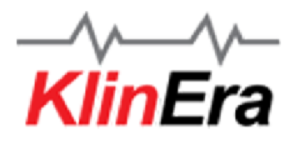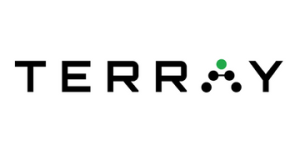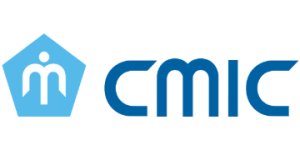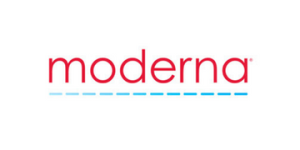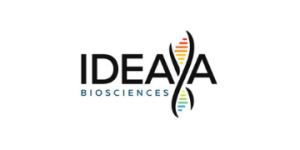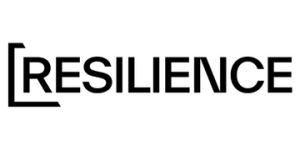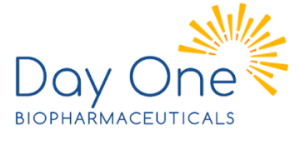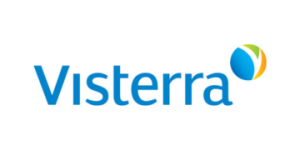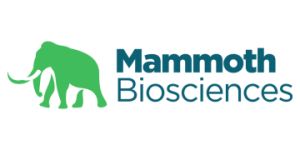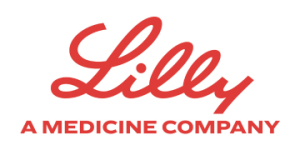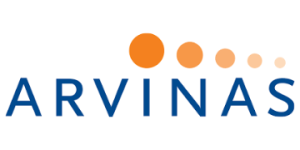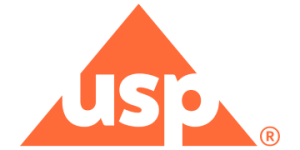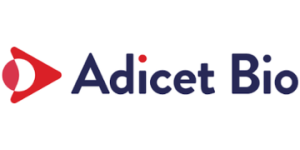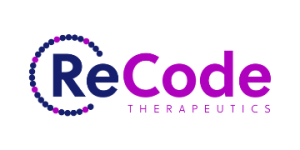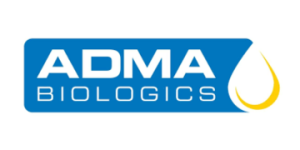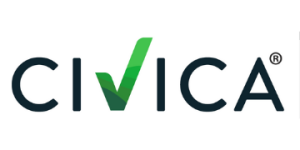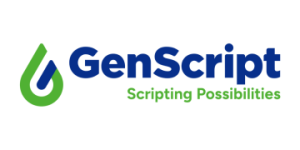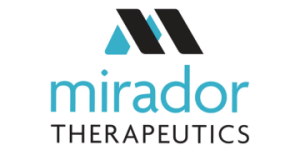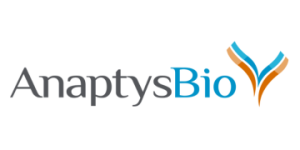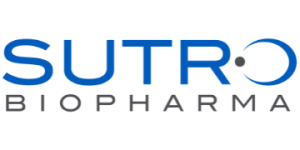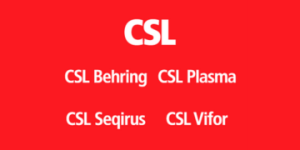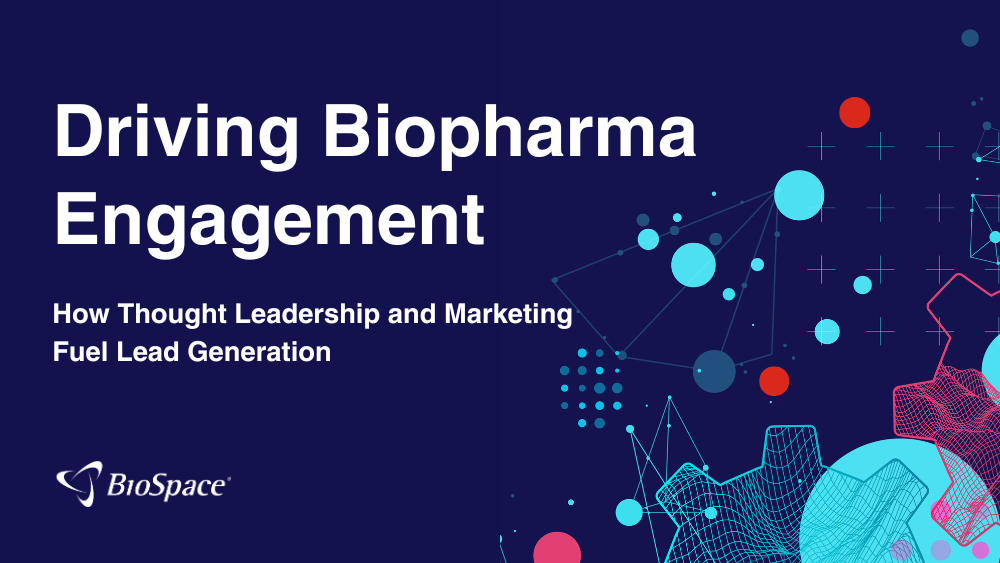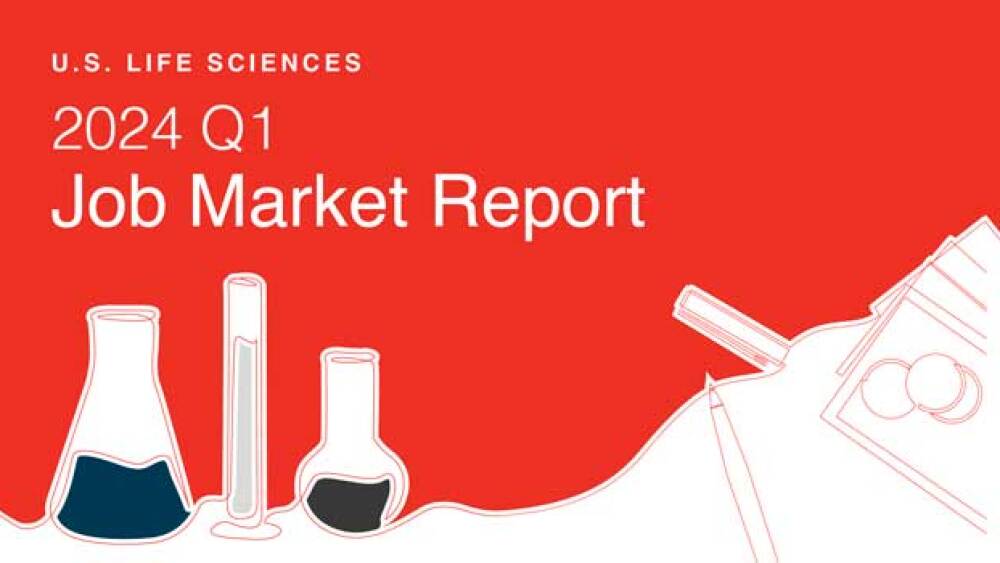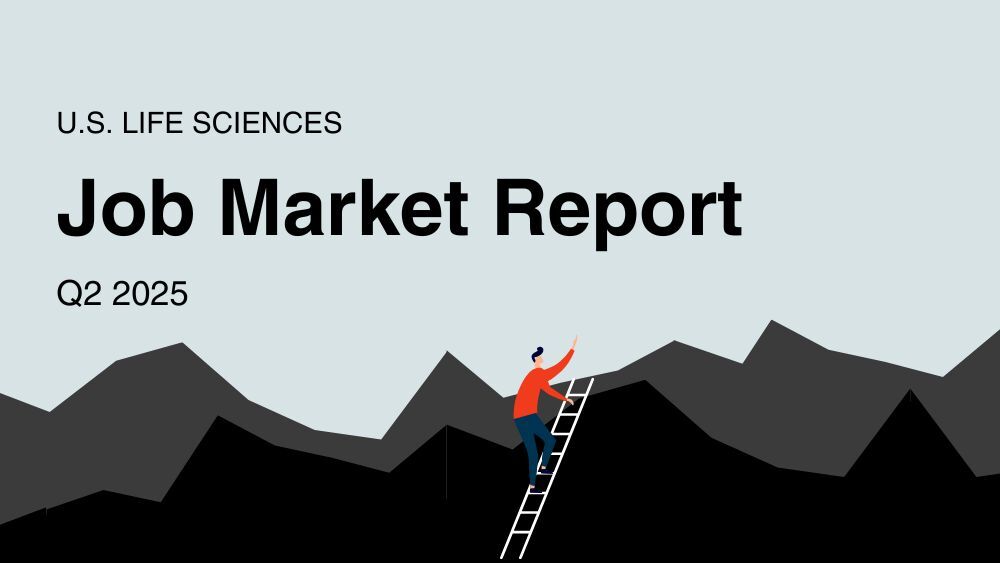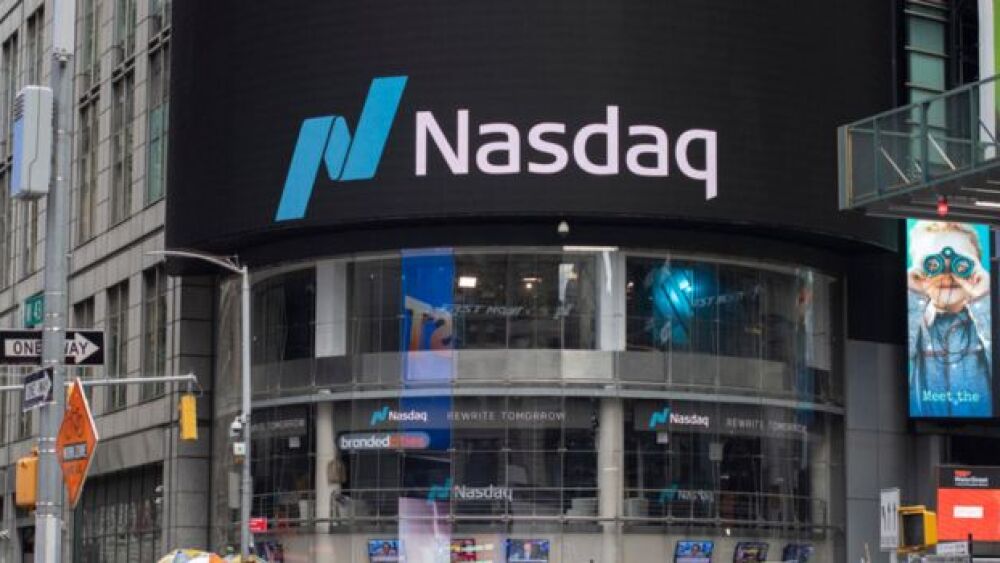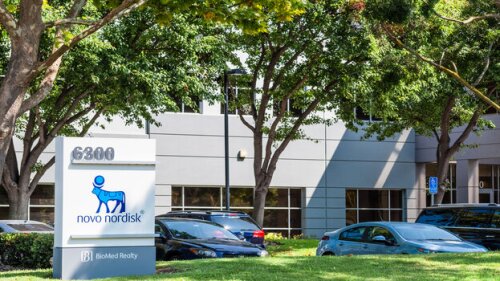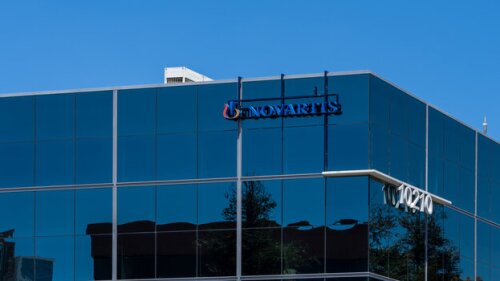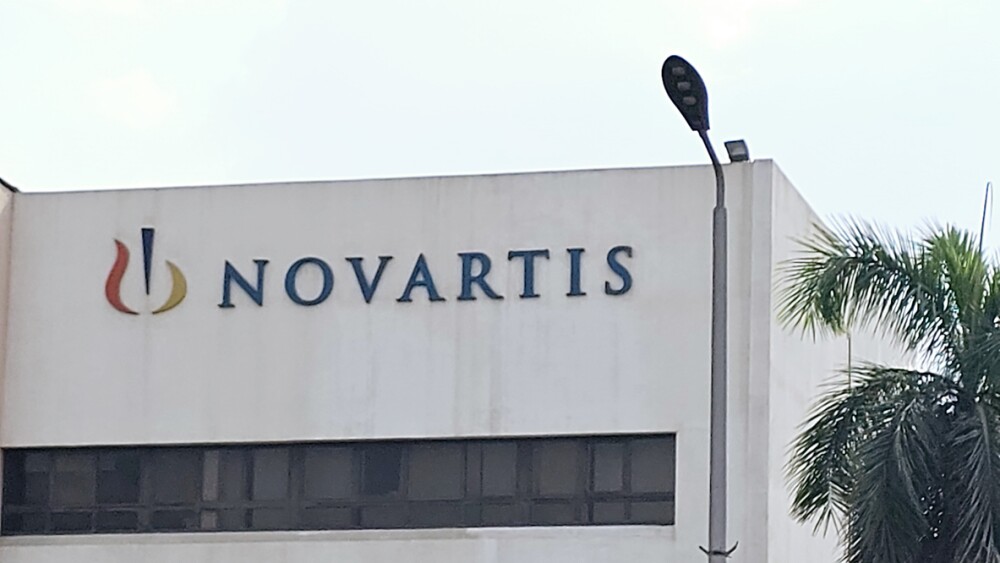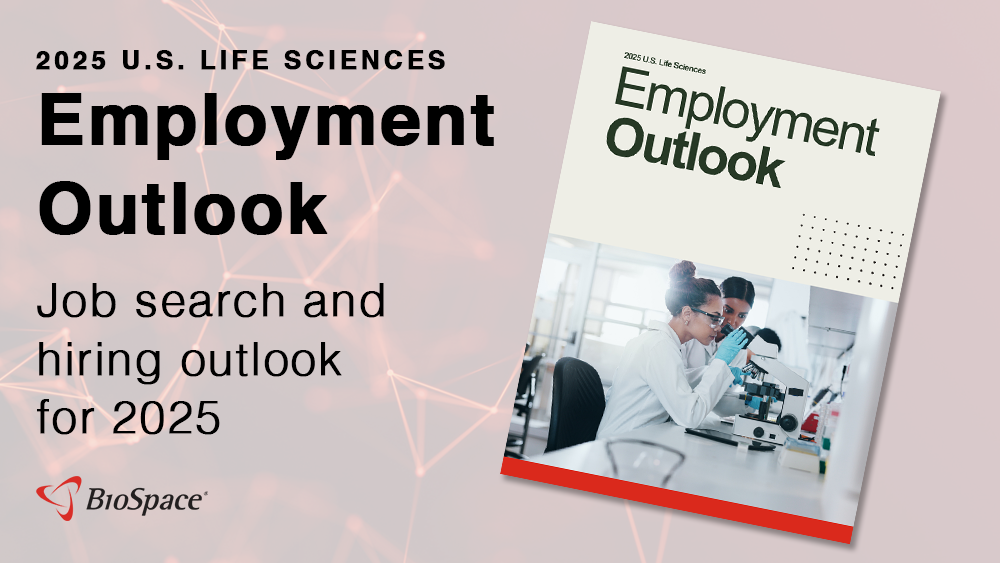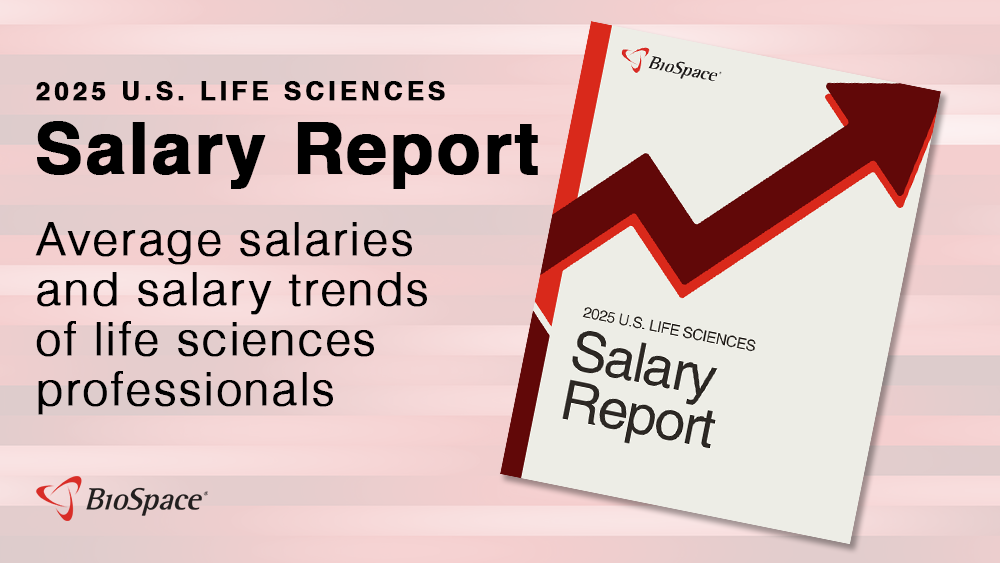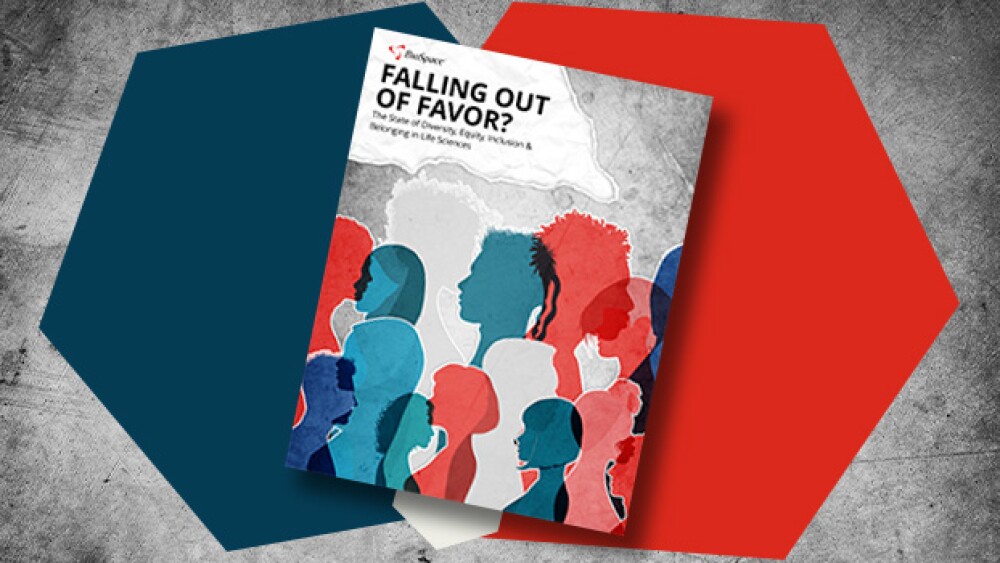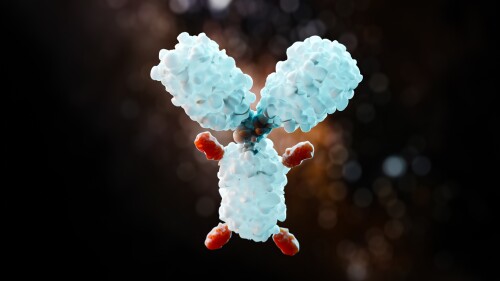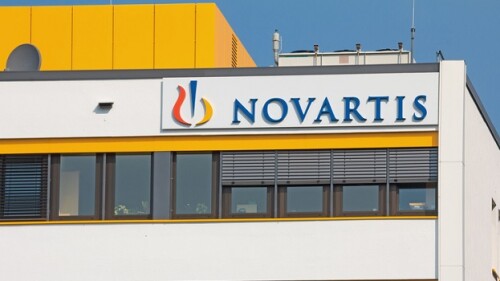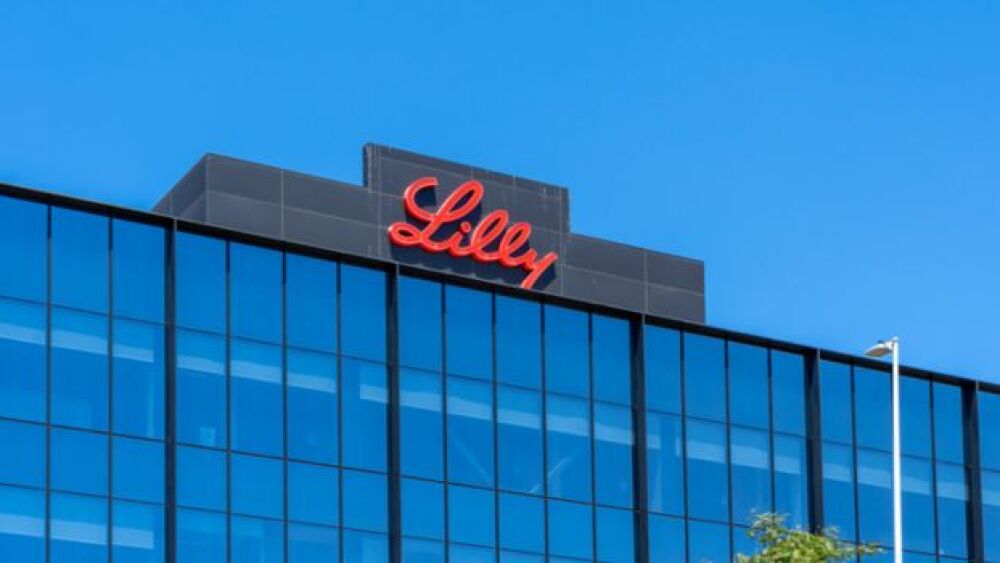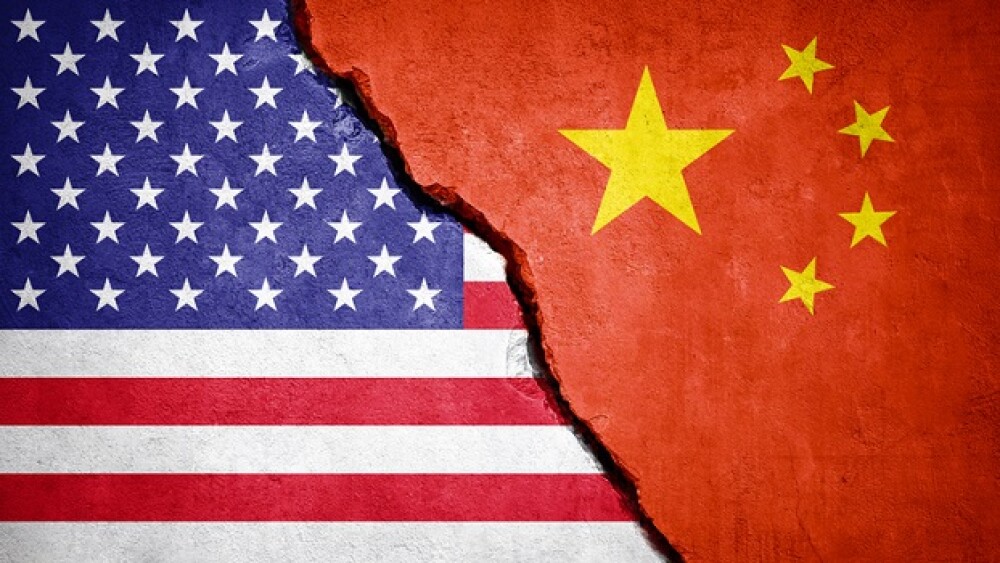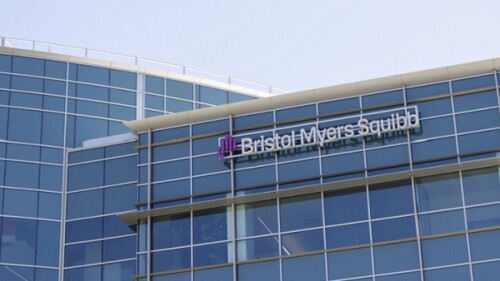While cancelled NIH grants and regulatory uncertainty are less hospitable to clinical research in the U.S., Europe must play its cards right to attract more studies.
Later this month, HHS Secretary Robert F. Kennedy Jr.'s revamped CDC vaccine advisory committee will discuss RSV vaccination guidelines for the newly approved patient group, high-risk adults 18 through 49. Analysts and other experts have warned that the new panel includes some who have documented anti-vaccine sentiments as well as those who have spoken out against mRNA technology specifically.
Friday’s deal with CSPC fits neatly within AstraZeneca’s business development strategy of upping investments in AI and in China.
Martin Kulldorff and Robert Malone, both outspoken vaccine skeptics, have received compensation for their expert participation in various vaccine-related cases against Merck.
The FDA’s Oncologic Drugs Advisory Committee narrowly voted against the approval of Zusduri, citing the lack of a completely randomized study to back up the application.
Scientists and analysts express concern that the newly appointed ACIP members—which include known anti-vaxxers—could relitigate recommendations that have already been made. Many are imploring Sen. Bill Cassidy to step up.
FEATURED STORIES
Before companies and investors look towards the future, they must first understand the opportunities and challenges AI presents to them. From the benefits included in advancing processes to cybersecurity hazards, AI innovation is a balanced scale of oppportunities and risks.
As the FDA prepares to render a verdict on BMS’ closely watched schizophrenia drug, BioSpace takes a closer look at the late-stage pipeline for this neuropsychiatric disorder.
Summit Therapeutics’ ivonescimab has the potential to challenge Merck’s blockbuster checkpoint inhibitor in non-small cell lung cancer, but experts stress the need for diverse and overall survival data.
The release of early-stage data on three oral weight loss drug candidates hints at which companies have the strongest hand, but the comparisons are rife with confounding variables, leaving analysts unsure about where to place their bets.
Last month, Vertex said sickle cell patients had not yet received infusions of its gene therapy Casgevy. That’s now changed, as the company races with bluebird bio’s Lyfgenia.
Launched in 2020 to more quickly bring to market an effective medicine for amyotrophic lateral sclerosis, the HEALEY Platform Trial has generated disappointing results for many but also continuing programs from Clene and Prilenia.
FROM BIOSPACE INSIGHTS
Establishing trust through thought leadership is no longer optional in today’s cautious biopharma market. Learn how strategic insights and targeted outreach can turn awareness into high-converting leads.
LATEST PODCASTS
In this episode BioSpace’s Greg Slabodkin, Tyler Patchen and Lori Ellis discuss Zepbound, Wegovy, the weight loss race and the future of this drug class.
This week, in (our inaugural episode!) BioSpace’s Greg Slabodkin, Tyler Patchen and Lori Ellis discuss the good, the bad and the ugly of biopharma’s reported Q3 earnings. They also tackle what’s going on at Pfizer, ADCs, deals and more.
Job Trends
AbbVie (NYSE: ABBV) today announced an interim analysis of an ongoing Phase 3, open-label 156-week extension study evaluating the long-term safety and tolerability of oral atogepant for the prevention of migraine in participants with chronic or episodic migraine.
Subscribe to Genepool
Subscribe to BioSpace’s flagship publication including top headlines, special editions and life sciences’ most important breaking news
SPECIAL EDITIONS
BioSpace data show biopharma professionals faced increased competition for fewer employment opportunities during the second quarter of 2025, with increased pressure from further layoffs.
BioSpace did a deep dive into executive pay, examining the highest compensation packages, pay ratios and golden parachutes—what a CEO would get paid to leave.
A new generation of checkpoint inhibitors is emerging, with some showing more promise than others. From recent TIGIT failures to high-potential targets like VEGF, BioSpace explores what’s on the horizon in immuno-oncology.
DEALS
-
Alto Neuroscience and Fractyl Health provided further momentum to the recent spate of biotech initial public offerings, with both companies going public on Friday morning in respective $128 million and $110 million IPOs.
-
Kyverna Therapeutics, the fifth biotech with plans for an initial public offering this year, will use the proceeds to support the development of its anti-CD19 CAR-T therapies for autoimmune diseases.
-
On the heels of ArriVent and CG Oncology’s upsized IPOs last week, Alto Neuroscience and Fractyl Health on Monday announced their respective plans to go public.
-
Late Thursday, ArriVent Biopharma announced its upsized initial public offering to support the development of its EGFR inhibitor furmonertinib, following CG Oncology going public earlier in the day.
-
The bladder cancer-focused company’s larger-than-expected Nasdaq debut on Thursday opens this year’s batch of planned initial public offerings, which include at least half a dozen biotechs.
WEIGHT LOSS
-
Altimmune’s obesity candidate pemvidutide strongly preserved lean muscle mass, with fat accounting for more than 78% of weight lost by participants in a Phase II study.
-
Novo Nordisk’s Wegovy elicited greater weight loss in women than in men with heart failure, according to data presented Sunday at the American Diabetes Association’s 2024 Scientific Sessions.
-
Zealand Pharma’s petrelintide cut body weight by more than 8% on average, with a good overall safety and tolerability profile.
-
Eli Lilly on Thursday said it is again suing spas and clinics over compounded and counterfeit forms of tirzepatide, the active ingredient in blockbusters Mounjaro and Zepbound, which the pharma says can cause harmful side effects.
-
Novo Nordisk CEO Lars Jørgensen has agreed to appear before the Senate health committee in a hearing on the prices of its blockbuster drugs Ozempic and Wegovy.
POLICY
-
Monday’s lawsuits from Eli Lilly are the first to be filed by the pharma since the regulator officially removed tirzepatide from its drug shortage database earlier this month.
-
With Friday’s ruling by New Jersey District Judge Zahid Quraishi, Novartis joins a growing list of pharmaceutical companies that have failed in their legal challenges to the Inflation Reduction Act.
-
United States Pharmacopeia is recruiting expert volunteers from academia, industry, regulatory and healthcare to develop, revise and approve medicine, dietary supplement and food ingredient standards and solutions used in more than 150 countries to improve global public health. The volunteers will serve from 2025 to 2030.
-
Massachusetts residents voted Tuesday against the Natural Psychedelic Substances Act, which would have seen some psychedelics, including psilocybin and dimethyltryptamine, legalized in the state.
-
Senator Elizabeth Warren told the Federal Trade Commission that the acquisition of contract manufacturer Catalent could increase Novo’s dominance over the hot GLP-1 market, reducing competition and increasing prices.
Oh, the world of professional email communication. It can be hard to navigate with various expectations across industries, age groups and cultures.
While there are all kinds of advice out there, here are a few things NOT to do in your next interview. Make sure to avoid these interview mistakes at all costs.
Being able to tell the difference between various life science roles can be difficult. To help, here is a guide to three commonly confused roles: Scientist I, Scientist II and Senior Scientist.
Let’s take a closer look at a few things that you should definitely do, as well as a couple that you shouldn’t, in order to make a good first impression.
When a recruiter or hiring manager is scanning it, you want them to be able to immediately understand your strengths, experiences and why you’re the right fit for the open position.
Whose contact information do you provide? What if they ask for multiple people? Below we answer common questions when it comes to selecting references for a job.
HOTBEDS
REPORTS
In this Employment Outlook report, BioSpace explores current workforce sentiment, job activity trends and the prospective job and hiring outlook for 2025, particularly as it compares to the previous year.
BioSpace’s third report on diversity, equity, inclusion and belonging in life sciences examines dramatic shifts in attitude around diversity initiatives.
CANCER
-
Monday’s failure to improve overall survival in breast cancer “further dents belief” in the companies’ Dato-DXd and “likely complicates regulatory discussions for approval of this indication,” Jefferies analyst Peter Welford wrote in a note to investors.
-
With Friday’s approval, Sanofi’s anti-CD38 antibody Sarclisa will go head-to-head with the first such therapy for multiple myeloma, Johnson & Johnson’s Darzalex, which raked in nearly $10 billion last year.
-
The European Society for Medical Oncology’s annual meeting this week featured the hottest emergent areas of cancer treatment—antibody-drug conjugates, bispecifics and radiopharmaceuticals—while anti-TIGIT therapies made a bit of a comeback.
-
The mesothelioma approval for the Keytruda combination regimen potentially unlocks a $12 billion market opportunity, according to a recent report from research firm IMARC Group.
-
The FDA’s approval of Kisqali in combination with an aromatase inhibitor allows Novartis to target patients with earlier breast cancer who are at risk of recurrence.
NEUROSCIENCE
-
In advance of an advisory committee meeting on Monday, the FDA’s internal reviewers have raised issues regarding Eli Lilly’s Alzheimer’s disease candidate donanemab, flagging problems with its study design and safety outcomes.
-
In this deep dive BioSpace analyzes the neuropsychedelic therapeutics pipeline, which grabbed headlines in February when the FDA accepted the New Drug Application for Lykos Therapeutics’ MDMA capsules for PTSD.
-
While more programs now involve candidates with different targets, experts say anti-amyloid therapies will remain a primary player in treating the memory-robbing disease.
-
In the next two weeks, the FDA is scheduled to decide on four drug applications and hold two highly anticipated advisory committee meetings.
-
Johnson & Johnson on Wednesday reported late-stage trial data showing its first-in-class orexin receptor antagonist reduced major depressive disorder symptoms as an adjunctive treatment in patients with insomnia.
CELL AND GENE THERAPY
-
While Bristol Myers Squibb did not explicitly mention China as the company expands and diversifies its manufacturing capacity, Cellares said the BIOSECURE Act would be a boon to its own growth.
-
The regulator on Monday slapped Abeona Therapeutics with a Complete Response Letter for its investigational cell therapy pz-cel due to chemistry, manufacturing and controls issues.
-
Bristol Myers Squibb will be using Cellares’ Cell Shuttles, an automated production system capable of producing multiple cell therapies simultaneously, to potentially improve turnaround time to support the pharma’s CAR T cell therapies.
-
Following a months-long safety review, the regulator on Thursday said it is now requiring updated black box warnings for all commercially available CAR-T therapies to reflect the risk of secondary malignancies.
-
A one-time treatment for Parkinson’s disease could be a ‘market changer,’ experts told BioSpace, adding that cell therapies could limit the adverse effects seen with current drugs.






